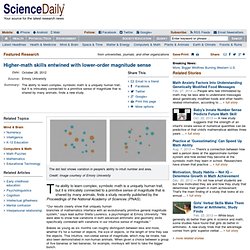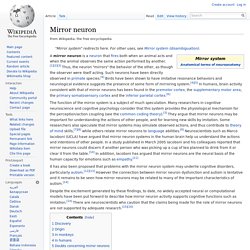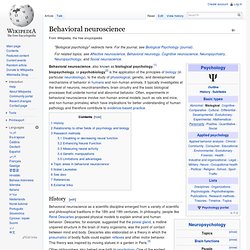

Le cerveau de ceux qui croient en Dieu ne fonctionne pas comme celui des athées. Croire en dieu(x) est une affaire de neurologie, affirment des chercheurs de l'université d'Auburn, Alabama en collaboration avec l'Institut national de la santé américain, explique le blog Al.com.

Les résultats de l'étude ont été publiés dans le journal Brain Connectivity le 15 janvier 2014. Il s'agissait d'étudier les cerveaux de volontaires, classés selon qu'ils se disaient athées ou religieux grâce à l'IRM fonctionnelle (IRMf). publicité Dans une précédente étude parue en 2009, la même équipe menée par Dimitrios Kapogiannis avait établi que la croyance individuelle se définit selon trois critères: la perception du niveau d'implication de Dieu dans la vie du sujetla perception des émotions de Dieu par le sujetla doctrine personnelle du sujet et sa connaissance de la religion Ces trois données activent trois zones différentes du cerveau, et ce sont les flux d'information entre ces zones qui ont été étudiés cette fois-ci, précise le résumé de l'étude.
À lire aussi sur Slate.fr. Higher-math skills entwined with lower-order magnitude sense. The ability to learn complex, symbolic math is a uniquely human trait, but it is intricately connected to a primitive sense of magnitude that is shared by many animals, finds a study recently published by the Proceedings of the National Academy of Sciences (PNAS).

"Our results clearly show that uniquely human branches of mathematics interface with an evolutionarily primitive general magnitude system," says lead author Stella Lourenco, a psychologist at Emory University. "We were able to show how variations in both advanced arithmetic and geometry skills specifically correlated with variations in our intuitive sense of magnitude. " Babies as young as six months can roughly distinguish between less and more, whether it's for a number of objects, the size of objects, or the length of time they see the objects. This intuitive, non-verbal sense of magnitude, which may be innate, has also been demonstrated in non-human animals.
They then completed a battery of standardized math tests. {FR} Publicite : Cerveau étudié pour consommer ... à l'impulsion. Explanation: How Brain Training Can Make You Significantly Smarter.
Mirror neuron. A mirror neuron is a neuron that fires both when an animal acts and when the animal observes the same action performed by another.[1][2][3] Thus, the neuron "mirrors" the behavior of the other, as though the observer were itself acting.

Such neurons have been directly observed in primate species.[4] Birds have been shown to have imitative resonance behaviors and neurological evidence suggests the presence of some form of mirroring system.[4][5] In humans, brain activity consistent with that of mirror neurons has been found in the premotor cortex, the supplementary motor area, the primary somatosensory cortex and the inferior parietal cortex.[6] The function of the mirror system is a subject of much speculation.
Discovery[edit] Further experiments confirmed that about 10% of neurons in the monkey inferior frontal and inferior parietal cortex have "mirror" properties and give similar responses to performed hand actions and observed actions. Origin[edit] In monkeys[edit] In humans[edit] Topics from Multidimensional Biopsychosocial Perspectives.
Behavioral neuroscience. Behavioral neuroscience, also known as biological psychology,[1] biopsychology, or psychobiology[2] is the application of the principles of biology (in particular neurobiology), to the study of physiological, genetic, and developmental mechanisms of behavior in humans and non-human animals.

It typically investigates at the level of neurons, neurotransmitters, brain circuitry and the basic biological processes that underlie normal and abnormal behavior. Often, experiments in behavioral neuroscience involve non-human animal models (such as rats and mice, and non-human primates) which have implications for better understanding of human pathology and therefore contribute to evidence-based practice. History[edit] Behavioral neuroscience as a scientific discipline emerged from a variety of scientific and philosophical traditions in the 18th and 19th centuries. In philosophy, people like René Descartes proposed physical models to explain animal and human behavior. Research methods[edit]